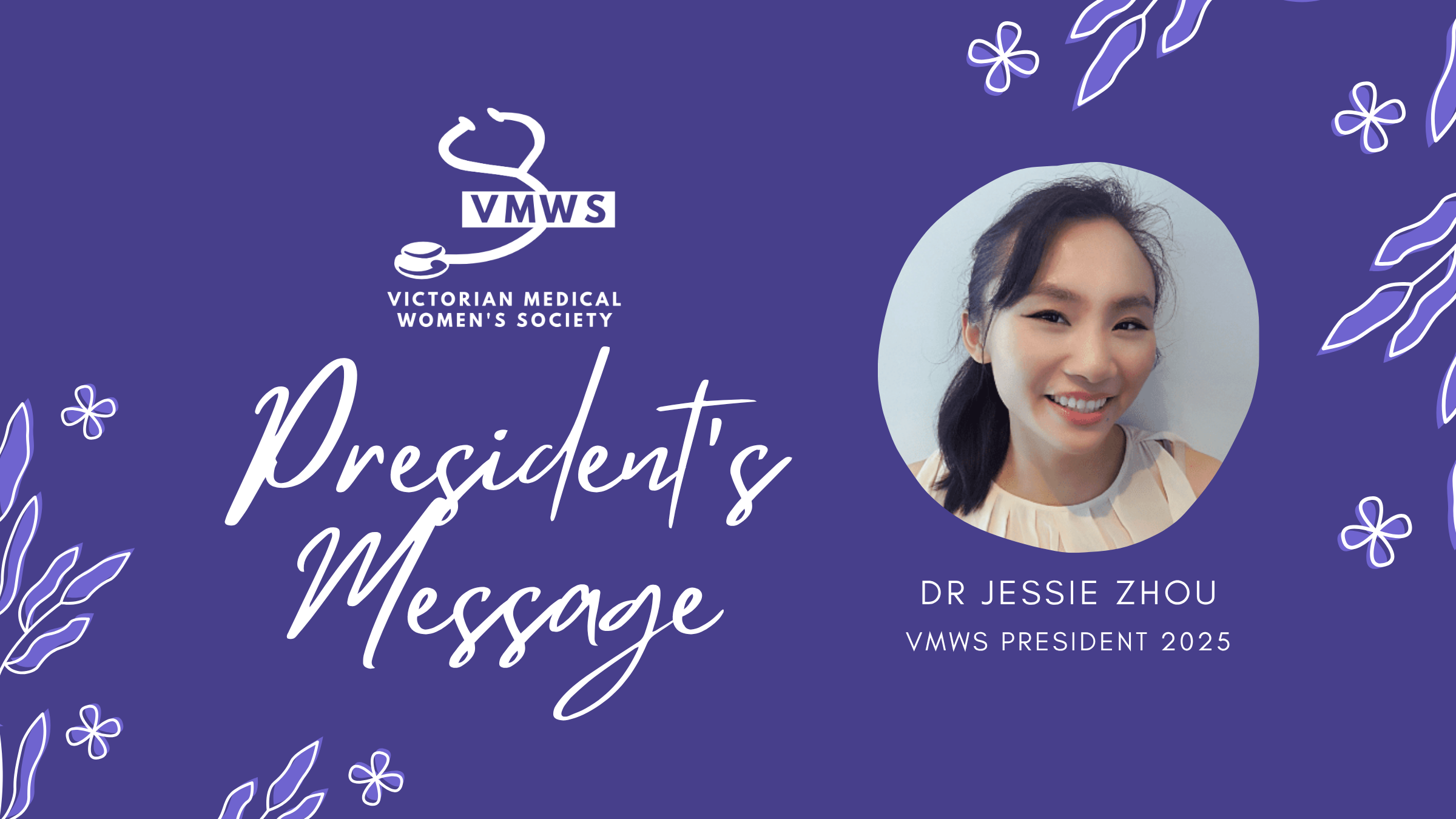Mandatory child protection reporting, female genital mutilation & the Family and Reproductive Rights Education Program
Worldwide, it is estimated that over 130 million girls and women have undergone some form of genital mutilation/cutting, and at least three million girls are at risk of undergoing the practice every year. Cultural practices such as female genital mutilation (FGM) are rooted in a set of beliefs, values, cultural and social behaviour patterns that govern the lives of people in society. The practice of FGM is not confined to a specific population group and it is not sanctioned by either Islam or by Christianity. The practice of FGM is common in parts of Africa, Asia and in some Middle Eastern Countries. It could be practiced among communities settling in Victoria from Cameroon, Democratic Republic of Congo, Djibouti, Egypt, Ethiopia, Eritrea, Ghana, Kenya, Liberia, Mali, Mauritania, Niger, Nigeria, Senegal, Sierra Leone, Somalia, Sudan, Tanzania, Togo and Uganda. FGM could also be practiced among certain ethnic groups from a number of Asian countries such as India, Indonesia, Malaysia and Pakistan, as well as among some groups in the Arabian Peninsula such as in Oman, Saudi Arabia, United Arab Emirates and Yemen.1






